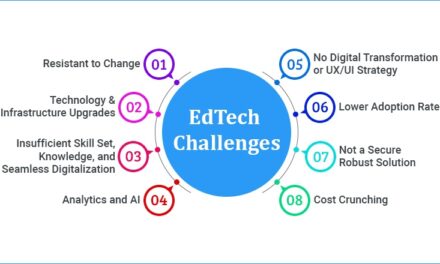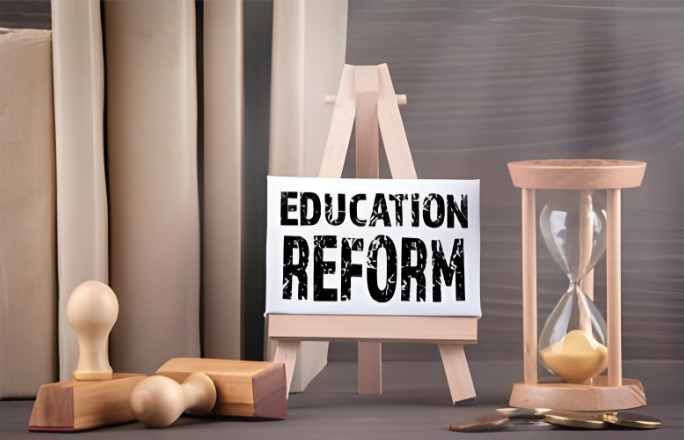Learning doesn’t have to be a solitary, often tedious, endeavor. In fact, the power of games to engage and motivate is undeniable. This is where gamification steps in, transforming the educational landscape by applying game-design elements to non-game contexts. Let’s explore how gamification can revolutionize learning, making it more enjoyable, effective, and accessible for all.
The Power of Play:
Games tap into our natural desire for competition, achievement, and social interaction. When these elements are incorporated into learning experiences, magic happens:
- Increased Engagement: Gamification transforms learning from a passive activity into an active and immersive experience. Learners become players, actively participating and tackling challenges with a sense of purpose.
- Enhanced Motivation: Points, badges, and leaderboards provide a sense of accomplishment and encourage learners to strive for mastery. The “gamified” learning journey becomes more rewarding and intrinsically motivating.
- Improved Information Retention: Gamification promotes active recall by placing learners in interactive situations. This allows them to apply knowledge and skills in a context-rich environment, leading to better information retention.
- Fostering Collaboration and Teamwork: Many games incorporate team-based challenges, encouraging collaboration and communication skills development. This collaborative learning approach can be particularly impactful in today’s increasingly interconnected world.
- Personalized Learning Paths: Gamified learning platforms can adapt to individual learning styles and paces. Learners can progress at their own speed, tackling challenges that match their current skill level, fostering a sense of autonomy and accomplishment.
Examples of Gamification in Action:
- Educational Apps: Learning apps often incorporate points, badges, and level progression to motivate users to complete lessons and practice skills.
- Interactive Simulations: Historical simulations or science experiments replicated in a game environment allow learners to explore cause-and-effect relationships and gain a deeper understanding of complex subjects.
- Virtual Reality Learning: VR experiences can place learners in immersive environments, allowing them to practice language skills, explore historical sites, or conduct virtual experiments.
- Gamified Classrooms: Teachers can incorporate game mechanics like point systems or team challenges into classroom activities to create a more engaging learning environment.
Considerations and Challenges:
While gamification offers numerous benefits, some challenges need to be addressed:
- Focus on Mechanics Over Learning: The emphasis on points and badges can overshadow the actual learning objectives. It’s crucial to ensure the game mechanics support and enhance understanding, not replace it.
- Unequal Access to Technology: Not all students have equal access to technology required for gamified learning experiences. Educators must find ways to ensure inclusivity and bridge the digital divide.
- Over-reliance on Games: Gamification should be a tool, not a replacement for traditional pedagogical approaches. A balanced learning environment that incorporates different teaching methods is optimal.
Conclusion:
Gamification offers exciting possibilities for transforming education into a more engaging and effective experience. By harnessing the power of play and fostering a love of learning, gamification can empower learners of all ages to reach their full potential. As educators and parents, let’s embrace this innovative approach and unlock the potential for learning through the magic of games! So, let’s break free from the traditional mold of education and create a gamified learning landscape where students not only learn, but thrive.










